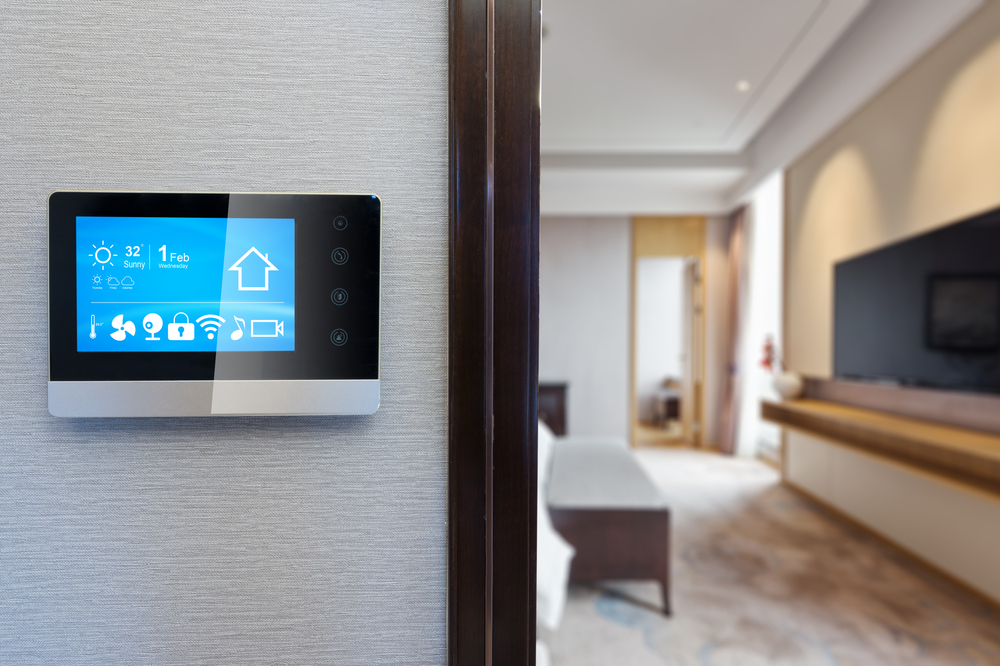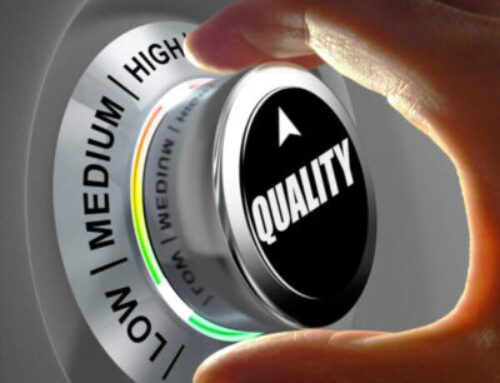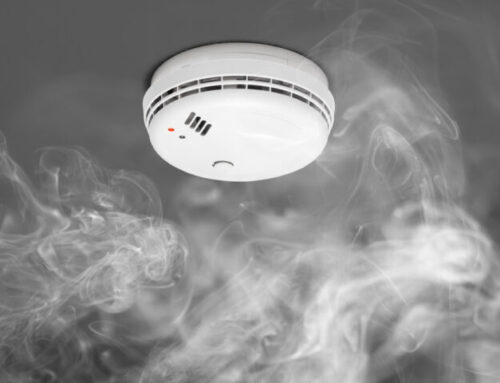Modern living is all about convenience, sure. But there’s a fine line to straddle. We should embrace assistive technologies that make our homes smarter and enable for more informed environmental conditions monitoring. However, bear in mind that you also should focus on reliable and accurate solutions – ideally those recommended to you by a trained and experienced air quality inspector.
Today, let’s look at the best “smart home” technologies used nowadays to help monitor indoor air quality at home. Here are a few recommendations to consider.
Smart Humidifiers
One might not first think about a humidifier with a built-in intelligent humidistat as a smart technology for air quality control, but it is. Why? Well, relative humidity needs to be maintained between 40 and 60 percent in the home to prevent all sorts of complications, including weakened immune systems, insufficient bodily and skin hydration, irritation, dust buildup, infections and far-reaching viral pathogens floating in the airstream. Modern humidifiers are available in a wide range of load capacities to suit the size of your home as needed, and they come in either a format using replaceable cylinders or filter media. It’s well worth the investment.
Dedicated Smart Home Air Quality Monitors
Of course, there are also purpose-built smart systems that monitor many elements of your indoor air quality. From volatile organic compounds (VOCs) and radon gas to carbon dioxide, particulate matter, and more, there are several different systems out there. Not all monitor everything, so it’s important to do your research and invest in one that covers all the essentials. For particulate matter readings, it’s important to get a smart home air quality monitor that provides readings of PM1 and PM2.5. PM1 refers to particulate matter measuring around one micron in size, and PM 2.5 is ultrafine matter that can easily be inhaled (this is more dangerous).
Smart Thermostats
From popular choices like the ultra-smart Google Nest system to other more cost-effective, lesser-known alternatives on Amazon, there are several options for smart monitoring of indoor temperatures. When connected to your HVAC system, these can help regulate the heating and cooling of your home, possibly even making it more energy-efficient. And, if the thermostat you choose includes indoor air quality sensors for your smart home, such as measurements of CO2 or otherwise, they’ll act as a backup monitoring solution if your separate air quality monitor runs into problems and doesn’t function correctly.
These modern devices only provide real-time data and monitoring, which is great; however, they do not provide solutions to your air quality problems. For further assistance in locating the source of your discomfort or finding answers on why your smart sensor readings are not ideal, contact us at Indoor Air Quality Ottawa. We’re happy to assist with thorough air testing and sampling services, not to mention well-informed recommendations on what’s needed to improve your conditions.







